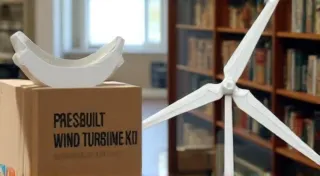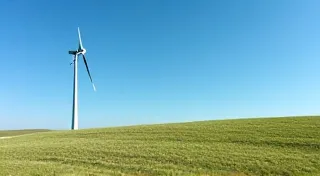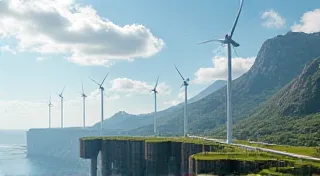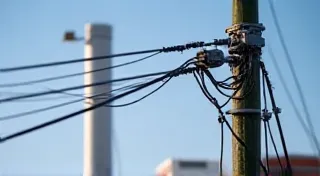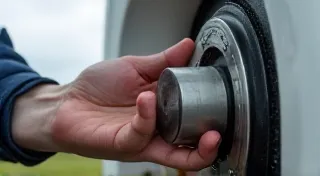Choosing the Right Wind Turbine Blade Material: PVC vs. Wood vs. Fiberglass
Building a small-scale wind turbine is a rewarding project, offering a hands-on learning experience in renewable energy. A crucial element of your turbine's performance lies in the blades. Selecting the right blade material is a balancing act considering cost, durability, ease of construction, and ultimately, efficiency. This article explores the pros and cons of three common choices: PVC, wood, and fiberglass.
PVC Blades: The Budget-Friendly Option
Polyvinyl chloride (PVC) pipes are readily available, inexpensive, and relatively easy to work with, making them a popular choice for beginner DIY wind turbine builders. Their affordability is a major draw.
Pros of PVC Blades:
- Cost-Effective: PVC is significantly cheaper than wood or fiberglass.
- Easy to Work With: PVC can be cut, shaped, and joined with relatively simple tools.
- Lightweight: The lighter weight reduces stress on the generator and tower.
Cons of PVC Blades:
- Limited Durability: PVC is susceptible to UV degradation and can become brittle over time, especially in harsh weather conditions.
- Lower Performance: PVC's flexibility and lower strength limit the blade’s ability to efficiently capture wind energy. It’s harder to achieve a good airfoil shape. Consider that overall turbine performance is closely tied to efficient energy capture - an area where PVC blades frequently fall short.
- Noise: PVC blades tend to be noisier than blades made of wood or fiberglass.
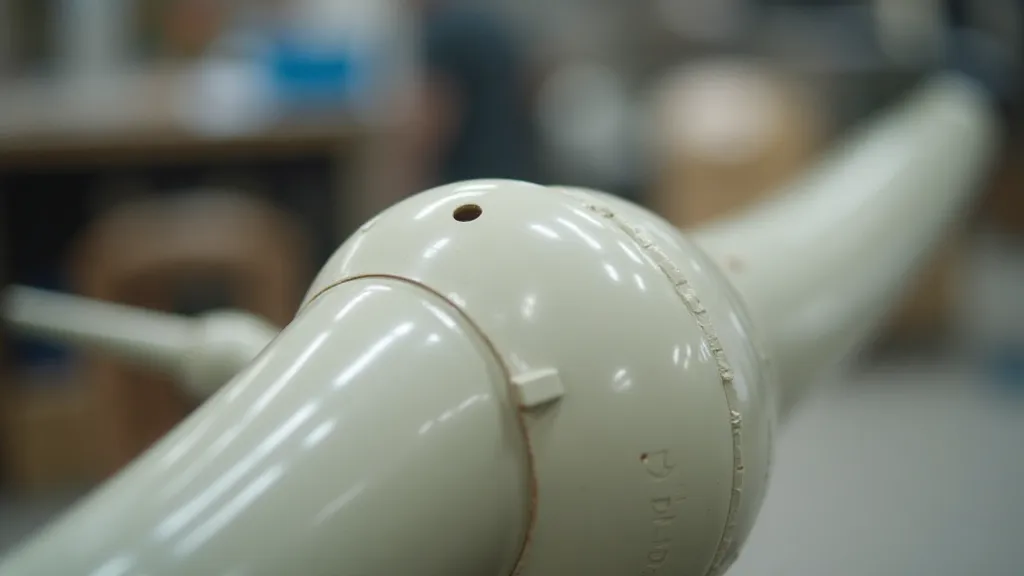
Wooden Blades: A Classic Choice with Challenges
Wood has been used for wind turbine blades for centuries. It offers a good balance of strength and workability but requires careful selection and treatment. The intricacies of correctly sizing a wind turbine to meet your energy needs can be quite complex, and the type of blade material you choose will inevitably influence that process. For instance, the weight and rotational speed of wooden blades may necessitate different sizing considerations compared to fiberglass.
Pros of Wooden Blades:
- Relatively Strong: Properly selected and treated wood offers good structural integrity.
- Workable: Wood is easily shaped and carved, allowing for complex airfoil designs.
- Aesthetically Pleasing: Wooden blades can be visually appealing.
Cons of Wooden Blades:
- Susceptible to Weather: Wood is prone to rot, warping, and insect damage if not properly sealed and maintained. Regular maintenance is essential for longevity.
- Moisture Sensitivity: Changes in humidity can cause the wood to expand and contract, affecting blade performance. Careful wood selection and sealing are crucial to mitigate this.
- More Complex Construction: Achieving a consistent airfoil shape and ensuring structural integrity requires more skill and precision than working with PVC.
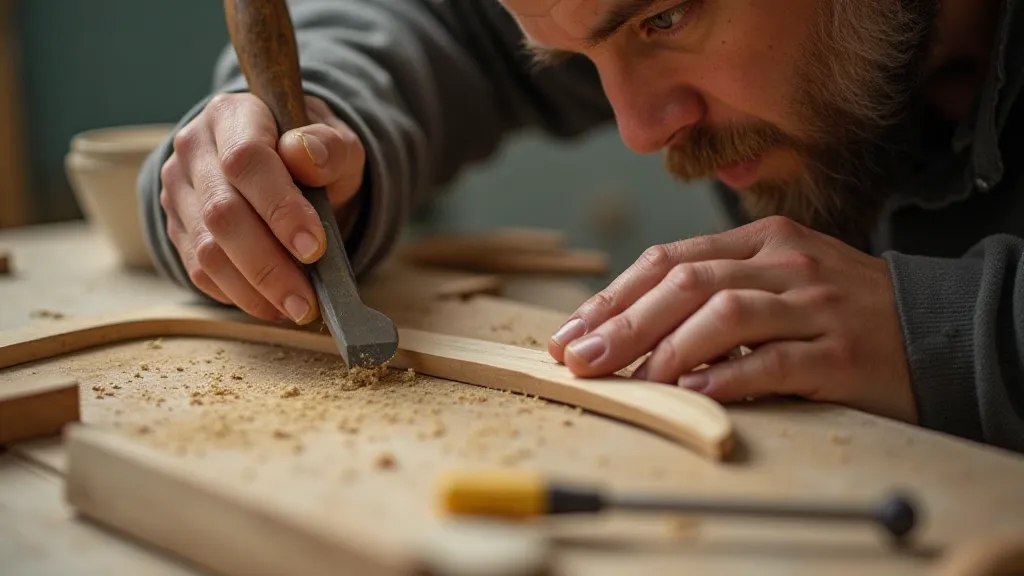
Fiberglass Blades: The High-Performance Option
Fiberglass blades offer the best combination of performance and durability, but they also come with the highest cost and complexity. The efficiency of wind energy conversion is directly linked to the blades’ ability to harness the wind's power, which is why selecting high-performance materials like fiberglass is often the best approach. However, remember that the entire system must be correctly sized to maximize benefit; understanding the sizing your wind turbine and its requirements is essential before committing to a project.
Pros of Fiberglass Blades:
- High Strength-to-Weight Ratio: Fiberglass is incredibly strong and lightweight, allowing for larger, more efficient blades.
- Durability: Fiberglass is resistant to weathering, UV degradation, and impacts.
- Aerodynamic Efficiency: Fiberglass allows for precise airfoil shaping, maximizing energy capture.
Cons of Fiberglass Blades:
- Cost: Fiberglass materials and the necessary resins can be expensive. This can be a significant barrier for budget-conscious builders.
- Complexity: Working with fiberglass requires specialized skills and equipment, including molds, resin mixing, and layering techniques. The learning curve can be steep.
- Potential for Fading: Fiberglass can fade over time if not properly protected with a UV-resistant coating. This is a cosmetic issue but can detract from the overall appearance.
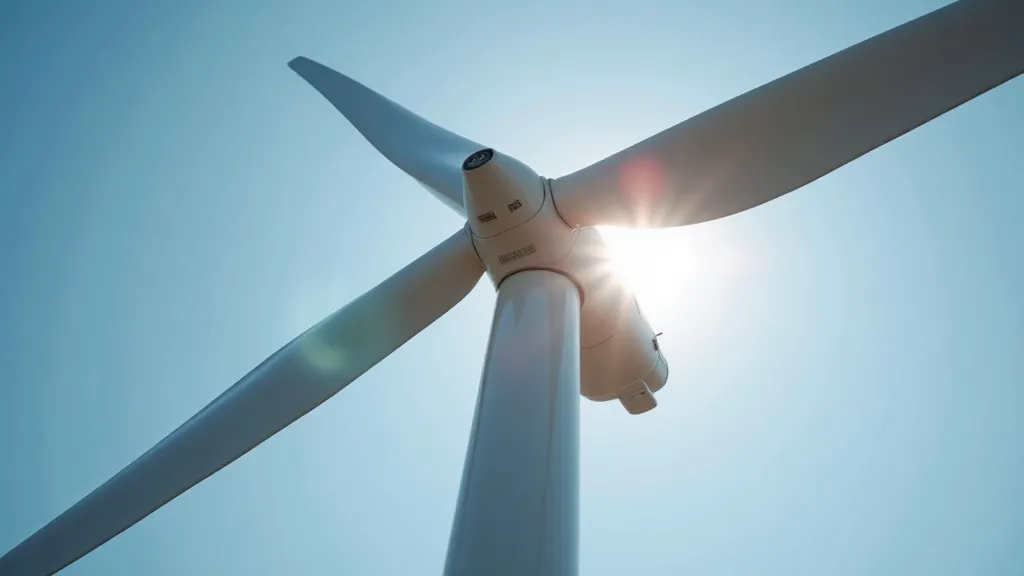
A Deeper Dive: Material Properties and Construction Considerations
Beyond the basic pros and cons, it's important to understand the underlying material properties that influence performance. PVC's flexibility, while making it easy to work with, directly impacts its ability to maintain an optimal airfoil shape under load. Wood's natural variations in density and grain direction can create inconsistencies in blade performance if not carefully managed. Fiberglass, on the other hand, allows for incredibly precise control over blade geometry and material properties, leading to higher efficiency and durability.
Addressing the Future of Wind Turbine Blade Technology
The field of wind energy is constantly evolving, with ongoing research aimed at improving blade design and materials. Composites beyond fiberglass, such as carbon fiber reinforced polymers, are emerging as promising alternatives, offering even greater strength and stiffness at lower weights. However, these advanced materials typically come with significantly higher costs and manufacturing complexities. The future of small-scale wind power looks bright with continued innovation, but for the DIY builder, the choice of PVC, wood, or fiberglass remains a practical consideration.
Safety and Legal Considerations
Building a wind turbine, regardless of the blade material, comes with inherent safety risks. Ensure proper safety gear is used throughout the construction process and that the turbine is installed in a location that minimizes potential hazards. Furthermore, be aware of any local regulations or permitting requirements that may apply to wind turbine installations. You should also understand the legal and regulatory landscape surrounding small-scale wind turbines; understanding the legal and regulatory aspects of small-scale wind turbines can prevent headaches down the line.
Tower Stability and Blade Compatibility
The choice of blade material also influences the design and construction of the turbine tower. Heavier blades, such as those made from wood or fiberglass, require a more robust tower to withstand the increased weight and rotational forces. Conversely, lighter PVC blades place less stress on the tower structure. Understanding the relationship between blade weight, tower strength, and overall turbine stability is crucial for safe and reliable operation. Properly designing the wind turbine tower design becomes increasingly important as you move away from lighter options and toward more robust blade materials.
Conclusion
Choosing the right wind turbine blade material depends on your budget, skills, and desired performance level. PVC is a great starting point for beginners, while wood offers a classic and potentially rewarding experience. Fiberglass provides the best performance but requires significant investment and expertise. Carefully consider the pros and cons of each material before embarking on your wind turbine building project. Consider all factors, from cost and complexity to safety and legal requirements, to ensure a successful and rewarding experience.
